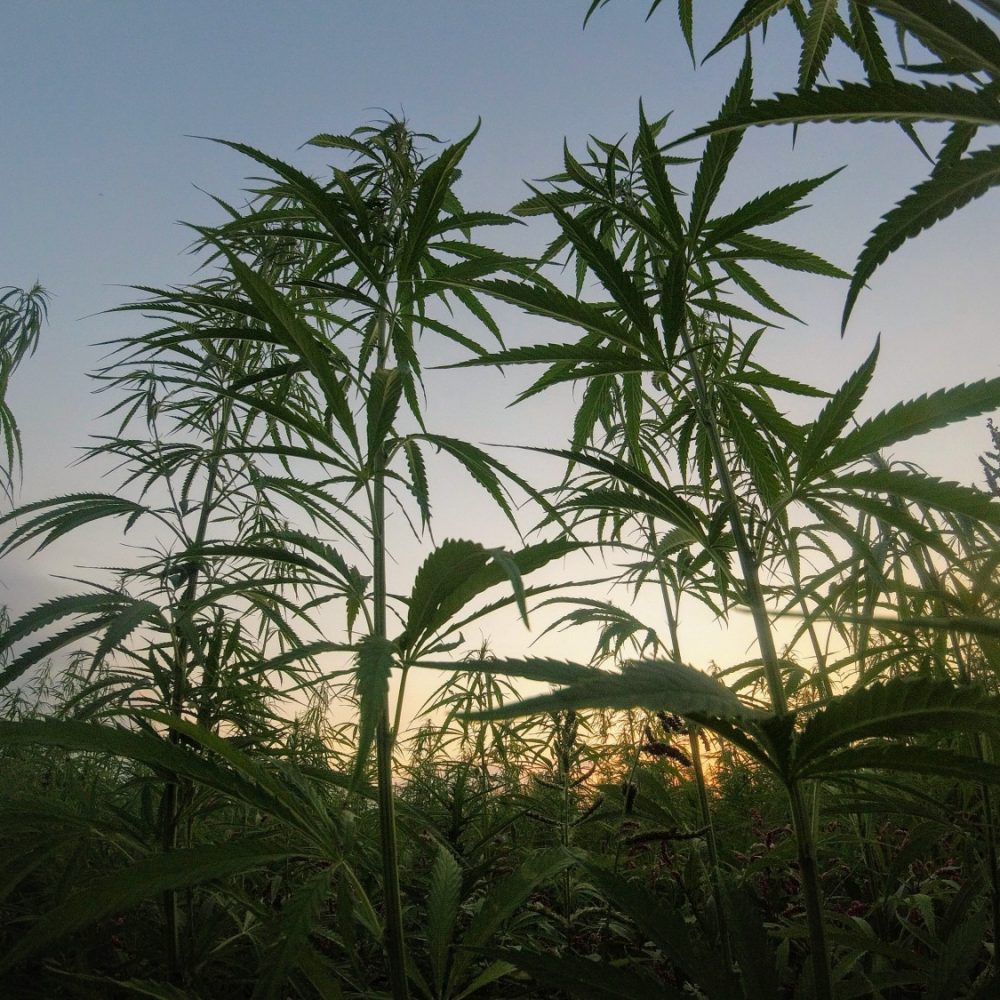Cannabis cultivation methods have evolved significantly in recent years, offering a wide range of options for both cannabis connoisseurs and medical users. Two popular approaches to growing cannabis are sungrown (outdoor) and indoor cannabis cultivation. While each has its merits, sungrown cannabis is often considered superior to its indoor-grown counterpart.
Sungrown Is A Sustainable Choice
Environmental Friendliness: One of the most compelling arguments for sungrown cannabis is its lower environmental impact. Indoor cultivation requires substantial energy consumption, with climate control systems, high-intensity lighting, and ventilation running continuously. In contrast, outdoor cannabis relies on the sun, reducing the carbon footprint associated with electricity usage. Sungrown cannabis aligns more closely with eco-conscious principles.
Reduced Carbon Emissions: Indoor cultivation facilities typically release substantial amounts of carbon dioxide, a greenhouse gas contributing to climate change. In contrast, sungrown cannabis farms are more carbon-neutral, benefiting the planet by decreasing emissions.
Natural Pest Control: Sungrown weed can benefit from the natural predator-prey relationships in the ecosystem. Many outdoor growers employ integrated pest management techniques, allowing beneficial insects to thrive and control pests naturally. This approach minimizes the use of harmful pesticides and encourages a healthier environment.
Biodiversity Preservation: Outdoor cultivation preserves local biodiversity as it integrates seamlessly into the surrounding environment. In contrast, indoor facilities can disrupt ecosystems and deplete local resources.
Sustainability Certifications: Many sungrown marijuana producers have earned sustainability certifications, which attest to their commitment to environmentally responsible practices.
The Sun’s Magic: Quality and Flavor
Terroir Influence: Just as with wine, the environment in which cannabis is grown can significantly impact its flavors and characteristics. Sungrown cannabis often boasts a unique terroir, reflecting the local soil, climate, and sunlight conditions, leading to a more diverse and intriguing flavor profile.
Enhanced Aromatics: The sun’s natural light spectrum stimulates the development of aromatic compounds like terpenes, leading to richer and more complex scents. These compounds contribute to the nuanced flavors of sungrown cannabis.
Increased Cannabinoid Production: Sunlight is a powerful catalyst for cannabinoid production. The higher light intensity and natural spectrum outdoors often result in cannabis plants with more cannabinoids, enhancing the therapeutic and recreational potential of the product.
Healthier Plant Development: Sungrown plants benefit from natural wind and rain, which promote stronger stalks and root systems. The result is more robust, healthier plants that are less susceptible to mold, mildew, and other diseases.
Lower Carbon Footprint: Besides the environmental benefits, reduced carbon footprint also translates to cleaner, purer cannabis. Indoor cultivation can introduce unwanted pollutants into the growing environment, which may negatively affect the final product. Sungrown cannabis, on the other hand, benefits from the natural cleansing properties of fresh air and natural sunlight.
Sunshine and Cost Efficiency
Lower Production Costs: Sungrown cannabis is generally more cost-efficient to produce. With reduced energy consumption, lower equipment costs, and natural nutrient-rich soil, the overall expenditure is typically lower. This cost efficiency can translate to more affordable prices for consumers.
Consistent Pricing: Sungrown cannabis often boasts stable pricing throughout the year, as it is less susceptible to the fluctuations in energy prices that indoor cultivation experiences.
Higher Yields: Outdoor cultivation can lead to higher yields per plant, as the natural environment is more conducive to robust growth.
Consistency in Supply: Sungrown cultivations can provide a more stable supply of cannabis, especially in regions where outdoor cultivation can occur year-round.
Supporting Community and Local Economies
Supporting Local Farmers: Choosing sungrown over indoor can help support local communities and economies, as many sungrown operations are small to medium-sized farms. Purchasing from these local farmers can be a socially responsible choice, helping to strengthen the local economy.
Reduced Gentrification: The expansion of large, resource-intensive indoor cultivation facilities can contribute to gentrification in rural areas. Sungrown operations are more likely to blend into existing agricultural landscapes, preserving the character of rural communities.
Cannabis Tourism: Some sungrown farms have opened their doors to the public, offering tours and events. This encourages cannabis tourism and fosters a sense of community and connection among cannabis enthusiasts.

While both sungrown and indoor-grown cannabis have their merits, the sungrown approach offers numerous advantages that make it a compelling choice for many consumers. The sustainability, quality, and cost-efficiency of sungrown cannabis not only make it a greener option but also one that provides a more authentic and flavorful cannabis experience. Supporting local economies, reducing carbon emissions, and preserving the natural environment are just a few of the positive outcomes of choosing sungrown cannabis.
Ultimately, it’s essential for consumers to weigh these factors and decide which cultivation method aligns with their values and preferences. With the rising interest in eco-friendly and sustainable products, sungrown weed is poised to continue shining brightly in the world of cannabis cultivation.
RAPPER WEED: WHICH RAPPERS HAVE CANNABIS PRODUCTS IN THE MARKET?
10 UNDERRATED FEMALE RAPPERS YOU SHOULD LISTEN TO RIGHT NOW
9 RAPPERS FROM DETROIT YOU NEED TO KNOW THIS YEAR








